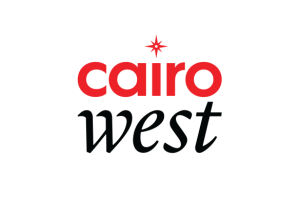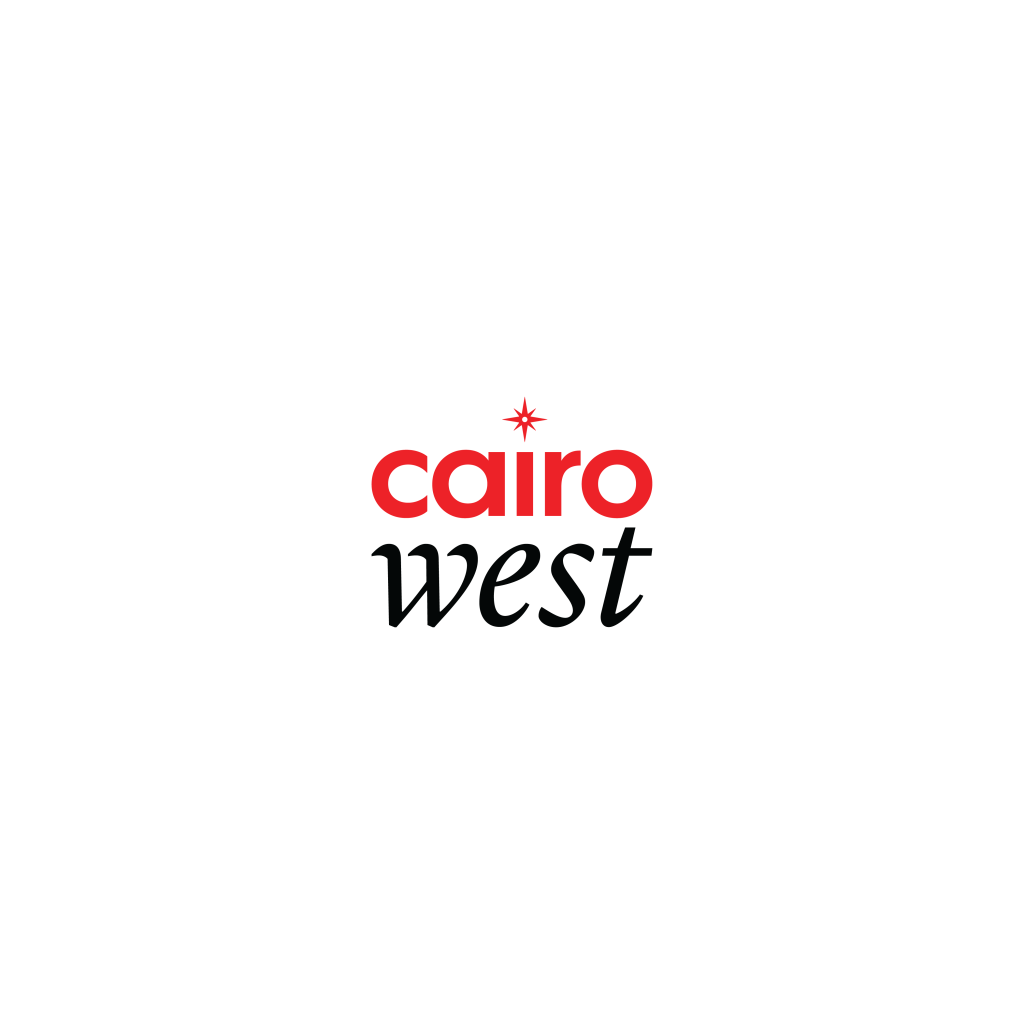7 Egyptian Designers at the 2019 Paris Design Week
One magical city, and a host of incredibly talented designers from France and points north south, east and west. All gathered to showcase their work in the Meet My Project collective exhibition at Espace Commines in the iconic Marais district.
Seven of Egypt’s groundbreaking designers were there last September with distinctive pieces that reflected their design ethos and philosophy
Shewekar
Shewekar Elgharably’s interior and furniture designs are inspired by the love for eclectic design that mixes materials, theories and styles.
“We bring back elements of our Egyptian heritage by subtly or abstractly integrating them into our designs, bringing together a beautiful blend of geometry and nature to match functionality and aesthetics of our modern times.”


YMS
Yasmina Makram Studios (YMS) defines itself as a multidisciplinary design studio that emphasizes on the presentation of refined artful expressions. YMS designs draw on origins then evolve to evoke novelty and modernity.
“Beautiful design for me is achieved when different period narratives are combined and the unexpected is born.”
Shosha Kamal
Shosha Kamal views her design profession as a spiritual journey. According to Shosha, furniture is a material extension to the human body. In that sense, her design process has functionality at its core. Regardless of the nature of the project she works on, Shosha’s ultimate goal is to use design in favor of humanity. Her latest and proudest moment was the launchnof Annure Lighting brand at the Paris Design Week this year.
“I believe that one can find inspiration in literally everything around us even in garbage piles and the chaotic geometric folds you can notice in there. I believe beauty is everywhere, you just need to wear the proper lens to be able to see it.”

Alef
Nedal Badr is an architectural designer. He participated in the PDW with his Alef lighting fixture; available as a floor-standing unit or as a wall-mounted appliqué.
“I believe that art is for raising awareness and knowledge beside aesthetics and beauty. I want people to know about Arabic Calligraphy and be aware of its history.”
Seera
Sherine Mahgoub is a Product and Interior Designer. She founded the Seera brand for complementary and creative metal designs.
“My philosophy is that every design should be crafted to serve the client’s life goals. I believe that a well-designed environment has a direct impact on people’s quality of life and overall well-being.”


Hoda Lasheen
Hoda Lasheen is keen on the use of natural materials in her designs and sometimes she even prefers to work with defective natural materials without treating those flaws to emphasize their beauty; the beauty of nature.
“We are shape-shifting designers, finding our main source of inspiration from nature itself. It stimulates our minds to extract its beautiful elements and then twist them into statement art pieces that speak for themselves.”
Ebony & Ivory
Mohamed Said leads the design team at Ebony & Ivory.
“Every space, element, material or person, has its attraction, and we’re on a mission to find out what that attraction is. In our work, we care to show off the beauty of the space, the character using the space, or the material, a lot more than we care to impress the audience.”

Shewekar
Instagram/Facebook: @shewekar
Web: www.shewekar.com
Yasmina Makram Studios (YMS)
Instagram/Facebook: @yasminamakram
Web: www.yasminamakram.com
Shosha Kamal
Instagram/Facebook: @shoshakamaldesignhouse
Web: www.shoshakamal.com
Annure Lighting
Instagram/Facebook: @annure_lighting
Alef
Instagram/Facebook: @nedalzone
Web: www.nedalbadr.com
Seera
Instagram/Facebook: @seeradesigns
Hoda Lasheen
Instagram/Facebook: @hodalasheen
Web: www.hodalasheen.com
Ebony & Ivory
Instagram/Facebook: @ebony_ivory_design
Web: www.eiinteriors.com






























